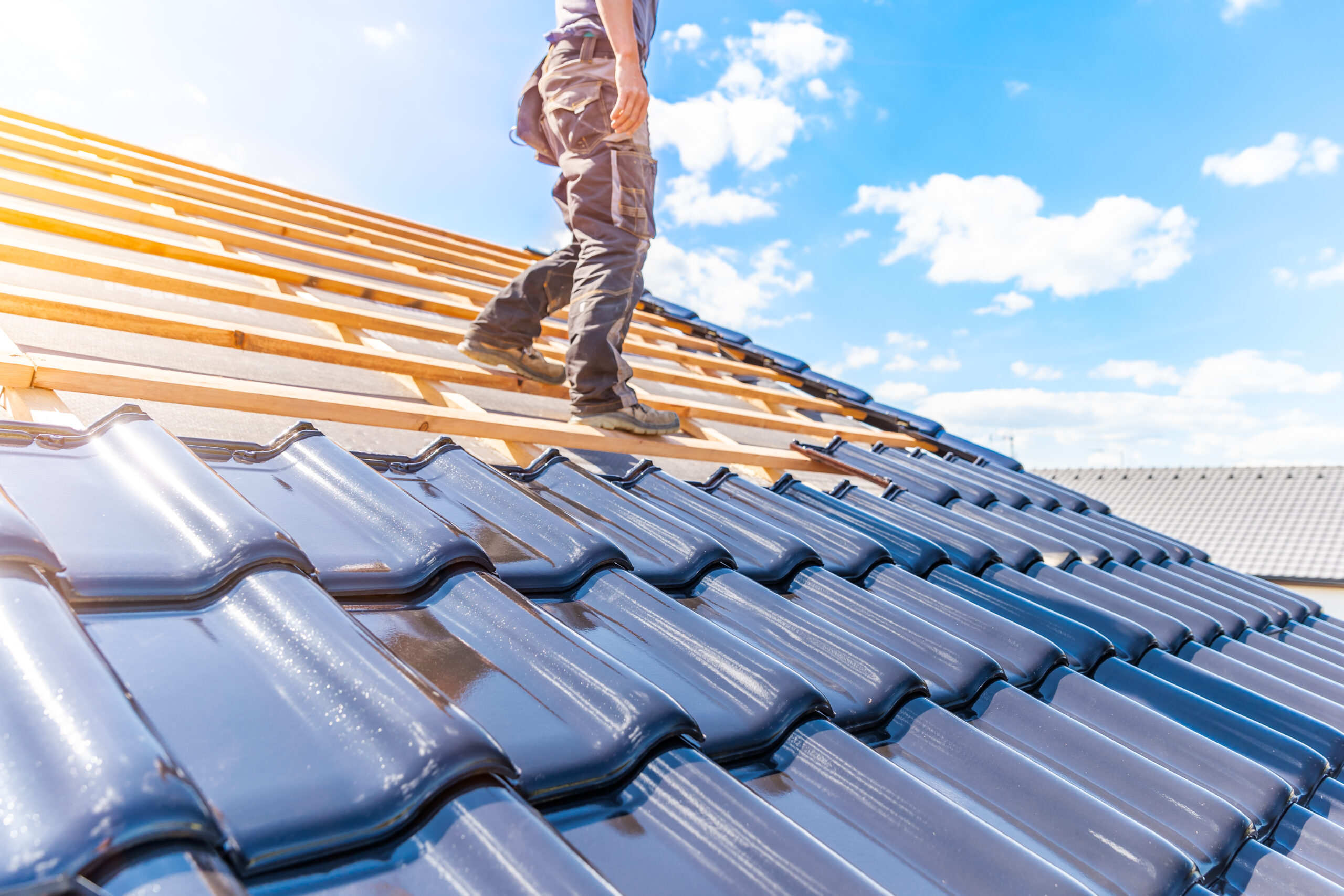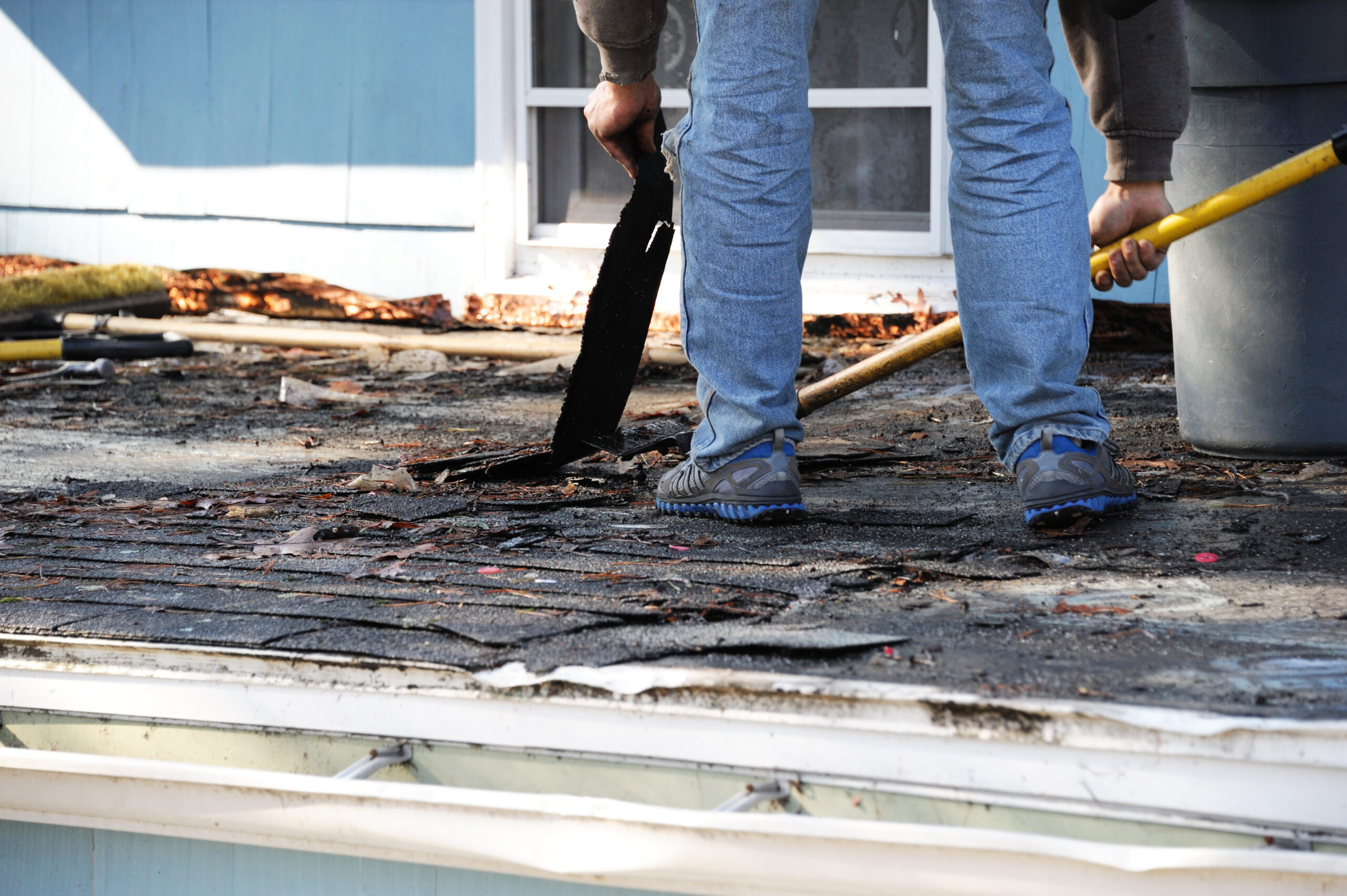
Confused about roofing? Here’s a breakdown of what’s typically included in a roof replacement.
Are you about to have your roof replaced, but you’re confused about what comes with the job? Replacing your roof might seem like an expensive and daunting task, but it doesn’t have to be when you hire the right contractor. And lucky for you, we can help with that. Here’s a breakdown of the types of work commonly included in roof replacement jobs, so you can rest assured you’re covered.
When your roof needs replacing
If you’re looking to replace your roof, there are some key signs that it needs replacing. Roofs can become water-damaged and weakened over time, as well as look pretty bad. For example, if your roof is older than 10 years old and it has multiple layers or patches, that might be an indication that you need to replace it. You may also want to consider replacing your roof if: Water is leaking through your ceiling or walls; Pieces of shingles are missing from your roof; Gutters are clogged with debris from overhanging trees or nearby vegetation; Shingles have curled corners, buckled under heavy winds, been burned by a fire or just aren’t attractive anymore.
The different types of roofs
Roofs are typically categorized by the materials they’re made of, although sometimes the terms roofing material and roof type are used interchangeably. There are five basic types of roofs, which we’ll discuss below: asphalt shingle roofs, metal roofs, clay/concrete tile roofs, slate roofs and flat roofs (typically made of some kind of membrane). Roofs can also be divided by their functional purpose into low-slope or steep-slope (aka flat-topped or gambrel-style), but again, these terms aren’t interchangeable with roof types; they’re just two common roof shapes.
Breaking down roofing costs
When you’re looking to replace a roof, there are two major expenses you have to consider: the labor and the materials. Labor is pretty straightforward, since it will generally be a flat rate for each project based on the size of your home, number of stories and overall difficulty (for example, if you have an old roof with lots of steep slopes or a lot of hand-crafted details). Materials are where things get tricky; there are usually hundreds (if not thousands) of different types available for purchase depending on your geographic location and exact specifications for your new roof—from tile to slate to asphalt shingles. The overall cost will vary based on the materials used, their quality and the type required for your project.
How long does it take
A new roof installation takes anywhere from one to two days, depending on the scope of the project. The length depends largely on the complexity, because installing an entirely new roof is more complex than replacing a few shingles here and there (though it’s important to remember that all roofs need routine maintenance).
Plywood, Gutters, and Fascia
The National Roofing Contractors Association says that plywood, gutters, and fascia are not usually included with a new roof replacement (though fascia might be). However, new plywood is often necessary if your current plywood is damaged; it’s also important to keep your gutters and fascia clear of debris and moss, as poor maintenance can lead to leaks and structural damage down the line.
What does a new roof include?
Roof replacement is one job that you should never try to do yourself. The best time to replace your roof is during a home remodel or reconstruction project, which means that you can take down your old roof (if needed) and install a new one all at once. What does a new roof include? Everything you need, including shingles, flashing, vent boot covers and more! Many companies will also offer you attic ventilation upgrades with your new roof installation; check into these if your home doesn’t already have them. Let us connect you with a professional who is happy to answer all your roofing questions. It is easier to ask these questions up front than it is to ask for things after they’ve already been installed!
Ready to get started? Visit our Roofing Projects section to learn more about how to begin.
continue reading
Related Posts
If you’re thinking about getting new roofing on your home, […]

